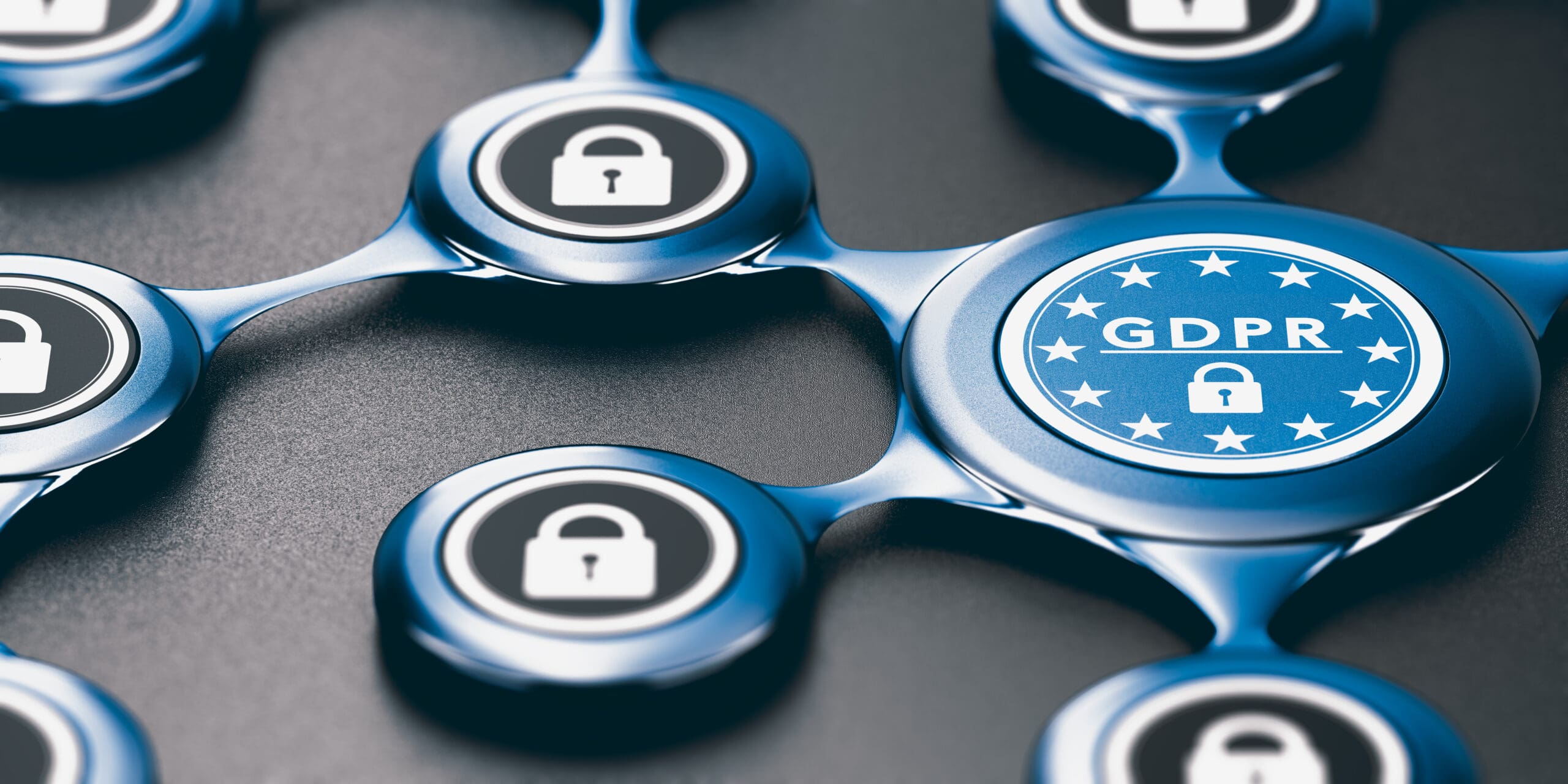
Navigating Regulatory Compliance: Designing GDPR-Compliant Websites
Data privacy and protection have become paramount concerns in the contemporary era. The General Data Protection Regulation (GDPR) is pivotal legislation governing websites’ handling of user data. We explore the GDPR’s importance for websites, the consequences of non-compliance, the core principles of GDPR, and methods for designing GDPR-compliant websites. Additionally, we highlight examples of websites that have successfully adhered to GDPR.
Key Takeaways:
- Obtain user consent and provide clear privacy policies to comply with GDPR principles of transparency and purpose limitation.
- Implement data protection measures and regularly conduct audits to ensure GDPR compliance and avoid potential consequences of non-compliance.
- Consider appointing a Data Protection Officer (DPO) and look to examples of GDPR-compliant websites, such as Airbnb, Google, and LinkedIn, for guidance on designing your compliant website.
What is GDPR?
GDPR, the General Data Protection Regulation, is a comprehensive legal framework that sets guidelines for collecting and processing individuals’ personal data within the EU and the UK.
Under the GDPR, businesses must obtain explicit consent from individuals before processing their personal information and clearly explain how this data will be used. The regulation emphasizes the importance of data security measures to protect sensitive information from breaches and unauthorized access.
Compliance with GDPR entails respecting user control over their data and allowing individuals to access, modify, or delete their information as needed. Non-compliance with the regulations can result in hefty fines, reputation damage, and legal consequences, highlighting the significant implications of ensuring transparency and adherence to GDPR guidelines.
Why is GDPR Important for Websites?
GDPR compliance is crucial for websites to ensure the protection of user data, maintain transparency in data processing practices, and adhere to legal requirements set forth by the EU and UK regulations.
By aligning with GDPR, websites demonstrate a commitment to safeguarding user trust by implementing measures for data minimization and ensuring that personal information is processed securely and ethically. Complying with GDPR helps websites avoid hefty fines and penalties and fosters a positive reputation by prioritizing user privacy.
Upholding GDPR standards can enhance user engagement, as visitors are more likely to engage with sites that prioritize their privacy and offer transparent privacy policies.
What are the Consequences of Non-Compliance?
Non-compliance with GDPR can lead to severe consequences for websites, including hefty fines, reputational damage, data breaches, and legal sanctions.
Under the GDPR, if a website fails to comply with the regulations, it could face millions of euros in financial penalties, significantly damaging its operations and budget constraints. In addition to the monetary aspect, losing users’ trust due to mishandling their data can have long-term ramifications, potentially resulting in declining website traffic and user engagement.
What are the Key Principles of GDPR?
GDPR, the General Data Protection Regulation, is a cornerstone of today’s data privacy and protection emphasis. It imposes crucial principles to guide the lawful, fair, and transparent handling of personal data. These principles include data minimization, purpose limitation, and accountability.
Compliance with GDPR necessitates obtaining user consent, providing transparent privacy policies, and establishing data processing agreements.
Websites must adhere to legal requirements, such as obtaining consent before data collection and processing, and adhere to purpose limitations by documenting specific data usage purposes. Data minimization entails collecting only necessary information, promoting transparency, and reducing risk. Accuracy, storage limitation, integrity, and confidentiality further emphasize maintaining accurate data, limiting storage duration, and ensuring robust security measures.
Accountability requires regular audits and assessments to ensure compliance, mitigate risks, foster trust, and uphold individuals’ privacy rights. Compliance with GDPR ensures legal adherence and cultivates trust between businesses and users.
How to Design a GDPR-Compliant Website?
Designing a GDPR-compliant website involves several key steps to ensure adherence to data protection regulations and safeguard user privacy. Central to this process is obtaining explicit user consent for data processing, typically facilitated through precise opt-in mechanisms during account creation or checkout processes.
Transparency is paramount, necessitating the provision of easily accessible and understandable privacy policies that detail data processing practices, purposes, and user rights. Robust data protection measures, including encryption, access controls, and regular security assessments, are imperative to safeguard user information from unauthorized access or breaches.
Websites must also facilitate user requests to exercise their data subject rights, such as access, rectification, and erasure of personal data, and conduct regular audits and assessments to ensure ongoing compliance.
Additionally, appointing a Data Protection Officer (DPO) can enhance accountability and oversight of data protection practices, serving as a liaison between the organization and regulatory authorities.
A comprehensive approach to GDPR compliance is essential to fostering trust, promoting transparency, and protecting individuals’ privacy rights in the digital landscape.
What are Some Examples of GDPR-Compliant Websites?
Several leading platforms, such as Airbnb, Google, and LinkedIn, exemplify GDPR compliance, adhering to data protection standards, user rights, and transparency requirements.
Airbnb prioritizes user privacy with robust data security measures, encrypted communication channels, and transparent privacy policies emphasizing user consent.
Google demonstrates compliance through detailed data processing disclosures, data subject rights mechanisms, and data minimization practices, fostering trust and accountability.
Similarly, LinkedIn emphasizes user consent, stringent data security, and privacy-by-design features, ensuring users are informed and have control over their data usage.
These platforms implement strict data processing agreements, encryption, and privacy notices, reflecting their commitment to upholding GDPR standards and prioritizing user privacy.